Background
I have a raspberry pi with a moisture sensor that suffers from corrosion. My setup is similar to the one described in this raspberrypi.stackexchange question about corrosion of a moisture sensor.
A solution to this problem, suggested in this answer, is to coat the PCB in gold finishing.
This is something I would like to try.
Question
However, as I am a complete newby to the field, I do not know what section exactly to "gold finish". Therefore my questions are:
Do I need to cover the "connections section" with gold finish? By which I mean the section where the pins are connected to the wires. See the green highlighted area in the above figure.
I can see that protecting this area might be smart, especially since this sensor is used in a moist environment, but I do not see how gold plating the "connections section" prevents corrosion, which happens on the "rods section".
Do I need to cover the "rods section" with gold finish? By which I mean the two "pointy" parts of the sensor. See the orange highlighted area in the above figure.
I can see that this might prevent corrosion, but won't this stop the sensor from working by covering its rods?
